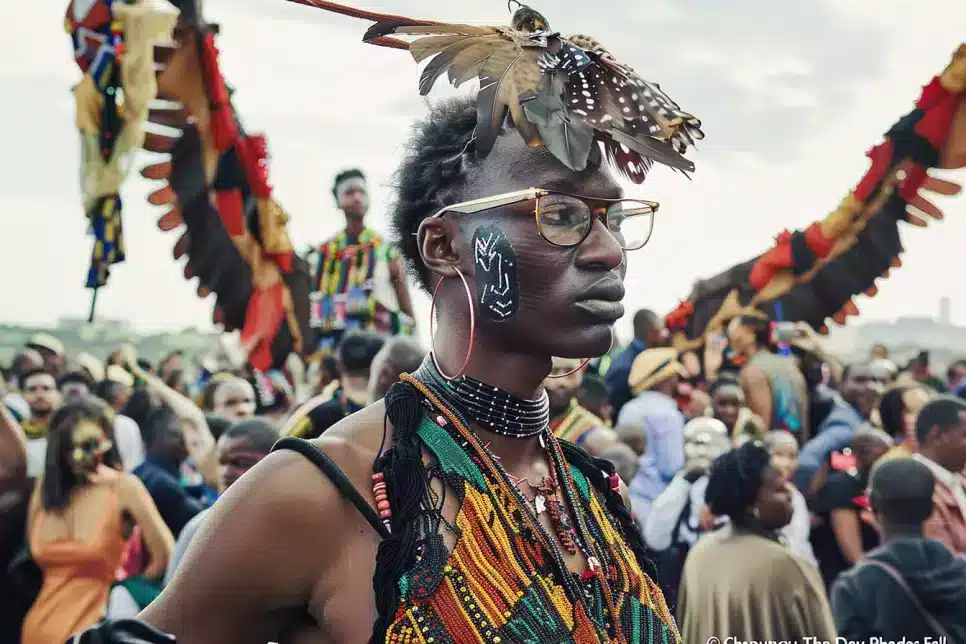Nine years ago, the world witnessed an iconic moment in the history of protest movements, captured in the photograph “Chapungu — The Day Rhodes Fell.” Sethembile Msezane, adorned with wings she crafted from wood, velvet, and hair, stood atop a plinth in a powerful act of artistic protest. Behind her, the statue of 19th-century colonist Cecil Rhodes was being lifted away, a moment symbolizing the #RhodesMustFall movement at the University of Cape Town. This movement, spurred by students including Msezane, called for the removal of Rhodes’ statue, pointing to his legacy of racism.
“There is no way I could have conceptualized that moment and the way things unfolded on that day,” Msezane shared, reflecting on the spontaneity and depth of her performance, inspired by a recurring dream. In her dream, she embodied Chapungu, a sacred Zimbabwean bateleur eagle, representing a protest of historical injustices and a reclaiming of ancestral knowledge and abundance. Msezane’s act was more than an artistic statement; it was a ritual of remembrance and a call for restitution.
The photograph of this moment is now on display in London, within the South London Gallery and V&A Parasol Foundation’s exhibition “Acts of Resistance: Photography, Feminisms and the Art of Protest.” Here, Msezane’s work stands alongside other powerful female-led resistances, highlighting the artist’s ongoing commitment to activism through art. Despite the physical and emotional toll such performances took, Msezane’s journey from a creative child to a prominent artist and activist showcases her dedication to using art as a medium for change, from supporting survivors of sexual violence to challenging narratives around African history and women’s stories.
Sethembile Msezane’s “Chapungu—The Day Rhodes Fell” transcends its initial context, becoming a beacon of hope and a symbol for movements worldwide. Her work reminds us of the power of art to confront history, celebrate ancestral knowledge, and imagine new futures. Msezane’s journey from a dream-inspired performance to a globally recognized symbol of protest and resilience exemplifies how creativity can be harnessed for social transformation, inspiring us to reflect on our histories and imagine new paths.
